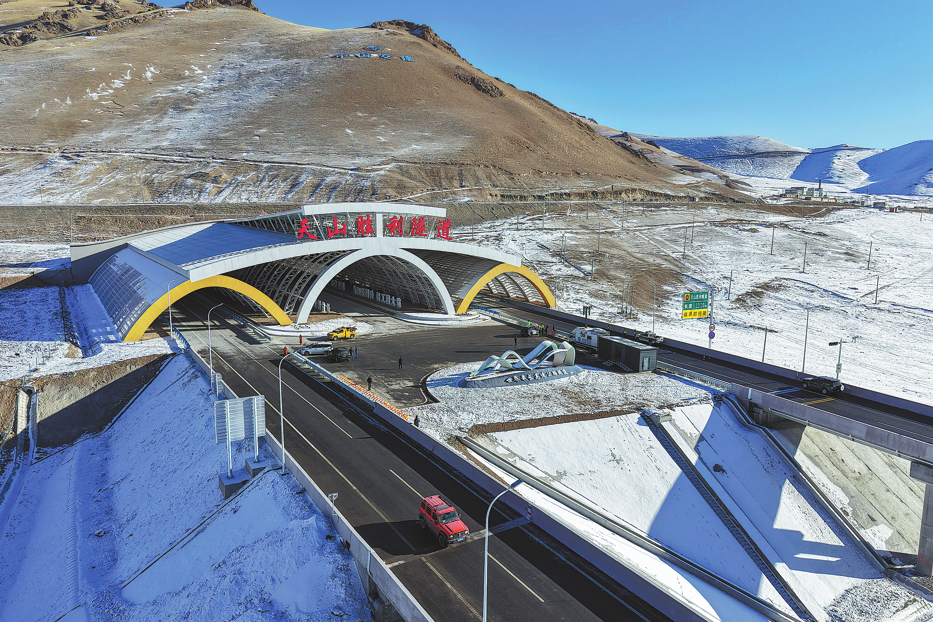Museum face-lift to offer new perspective of Great Wall


Efforts rewarded
These protection efforts have paid off. In 1984, the local authorities named the 520-km-long Beijing section of the wall as a city-level historical and cultural site.
Since 2000, the city has invested nearly 470 million yuan ($70 million) in 96 projects to protect this section of the wall, according to the Beijing Municipal Cultural Heritage Bureau.
A local regulation on protecting the wall, drafted and passed by the Beijing municipal government in May 2003, took effect on Aug 1 that year. As the first provision in China to preserve the wall, the regulation stipulates the protection scope for the structure and also states that those who interfere with it will be held legally accountable.
In 2019, the authorities announced a plan to protect and develop the Beijing section of the Great Wall, proposing that by 2035 the structure and its ancillary buildings should be free of danger.
At national level, the central authorities announced a plan in December 2019 to establish Great Wall cultural parks, with the China Great Wall Museum named as one of the leading projects.
Residents living near the wall have been dedicated to protecting it for years. Mei Jingtian, 78, who is nearly deaf, climbed the structure near his village of Shixia, Yanqing, when he was in his 30s to pick up refuse left by visitors.
Mei inspected the wall near-Shixia every 20 days for 40 years.
He also volunteered to locate cultural relics on the structure-using a metal detector during his inspections-and is excited to talk about an iron Ming Dynasty wok he discovered about 20 years ago.
"I climbed a beacon tower that day, and the detector I was holding beeped. I thought I had found a stone shell used by soldiers in ancient times, but when I dug up the dirt, I found the wok, which was a great surprise," Mei said.
He was hired as a Great Wall caretaker by the local government in 2006, and has been awarded numerous honors by the cultural relics protection department for his efforts to preserve the structure over the years.
Even though he is now in his late 70s, Mei continues to patrol the wall. When he meets people for the first time, he immediately takes out his phone and shows them pictures he has taken on the landmark from dawn to dusk.
He loves the Great Wall. It enriches his life, and because he lives at the foot of it, Mei has got to know different people and increased his perspective of the world.
Peaceful development
The Great Wall was listed as a World Heritage Site by UNESCO in 1987, and the Badaling section has been visited by more than 500 heads of state since 1954.
Dong, from the China Great Wall Association, said, "The wall is a window for all countries in the world to understand China. It can explicitly convey Chinese people's vision for peaceful development, and the spirit of being brave and tenacious.
"The core values of our nation can strengthen Chinese people's confidence. A profound culture also unites our people. The Great Wall has witnessed the peace we've built over the years ... which is of great value and significance to our nation."
As a result, the renovation work at the China Great Wall Museum should emphasize more of the wall's spiritual value and tell the Chinese nation's 5,000-year story, Dong said.
























